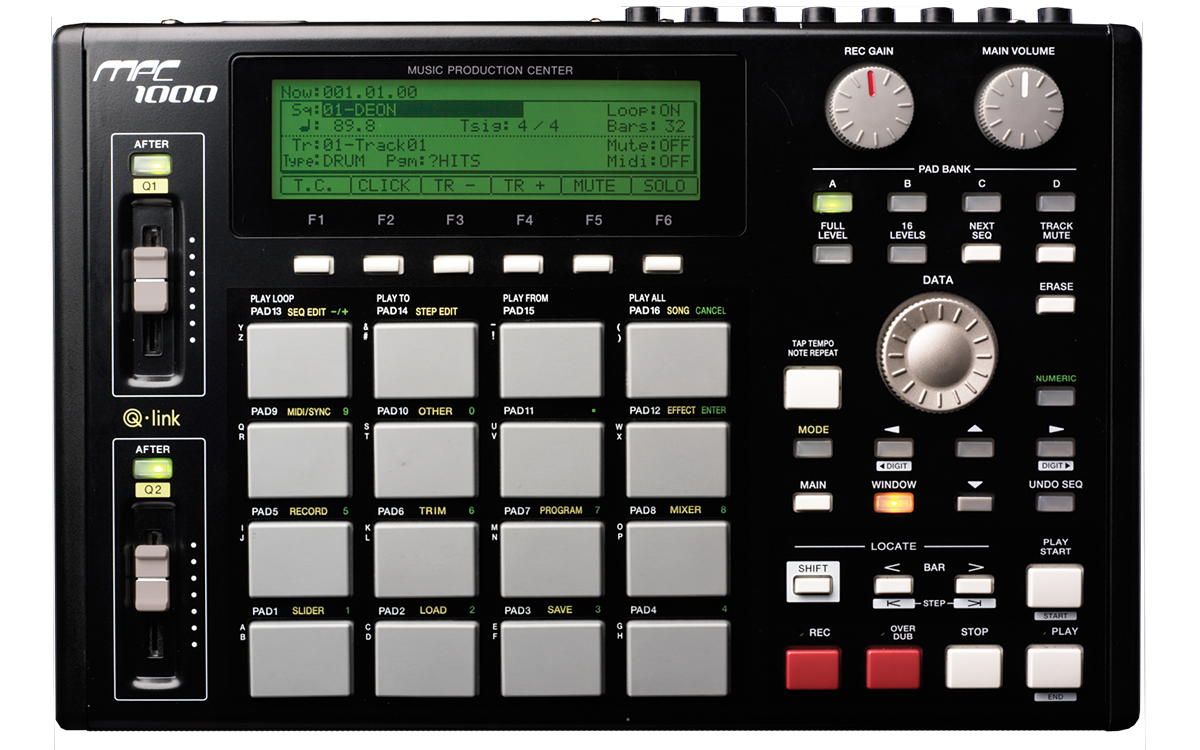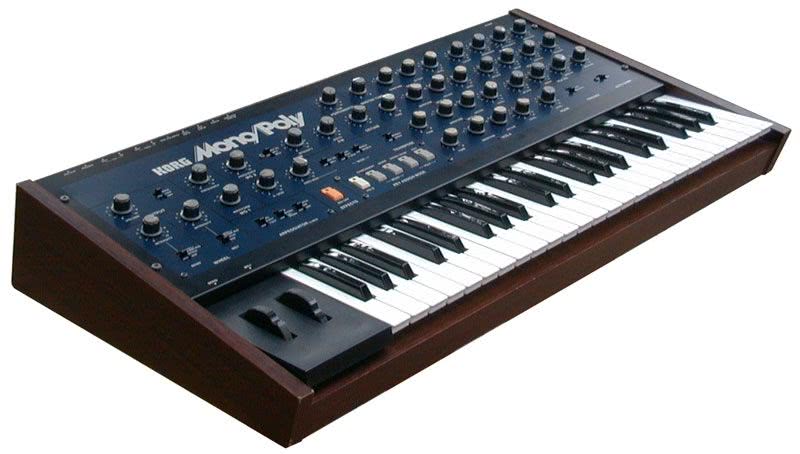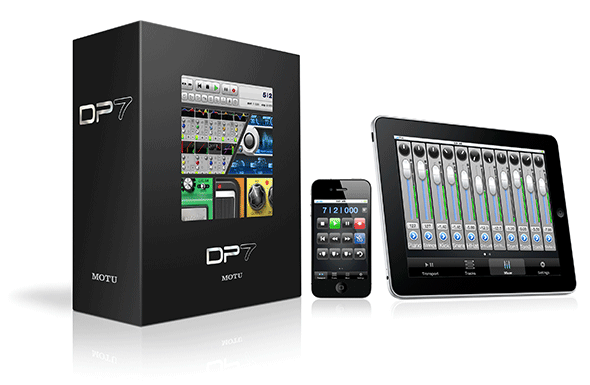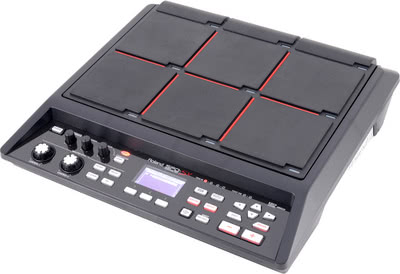It’s safe to say that the Australian electronic music scene has blown up. The past five years has seen continually increasing global interest in the noise being made by boys and girls Down Under, with some, like golden boy Flume, becoming a bonafide international superstar.
Indeed, many overseas artists have begun talking about “the Australian sound” in interviews and touting our homegrown artists. But just how does one define the Australian sound and how do you achieve it? One person who might know is Angus Stuart of Blue Mountains duo Hermitude.
We spoke to Angus ahead of the pair’s forthcoming Dark Night Sweet Light Tour with Basenji and Jayteehazard to find out more about how the producer and live performer, who’s been involved with electronic music since the late ’90s, creates magic in the studio and on the stage.
Breaking It Down

If I had to stick to just the bare essentials, I would bring my Akai MPC1000, because it is the most solid piece of gear I’ve ever owned. It just never dies, it’s a brick, and it works all the time. We use that every time we play live for all our samples and chopped-up vocal bits and all that. That would be number one.
Number two would be my Rane DJ mixer, which is a 62 or even the 57, which is dope. Rane, again, make extremely solid products and they just sound good. They work with Serato, which I use for the DJing platform.
Third would probably have to be the Nord Stage 2, which I think we use for our live show as well. That is just a beast for a live keyboard. It’s got a sample player, we put a bunch of our samples in there, and we use the onboard sound, and again it’s solid as fuck, so that would be my three, I reckon.
Discovery
Going back, the first thing I started to use make music with was an Akai S2000 sampler. It was like a rack-mount sampler. This was before the days of Ableton and all that sort of stuff. I think our first release was in like 2002, probably started around ’99 just fucking around with this sampler.
My mate and I saved up and bought this thing. It was a pain in the arse to use. It was scuzzy back then, you had a scuzzy hard drive or zip drive, and it had this dodgy editing program you linked to your computer. But we did our first record on that and it was really cool.
That’s how I started learning how to use samples and manipulating sounds and all that sort of stuff. We also had a Yamaha DX7. Those were the first tools we used, and also Digital Performer, which is like a sequencing program.
Enter The Cave

Currently, our setup is a MacBook Pro, which we use for our programs, like Digital Performer still, and Ableton Live a little bit. We’ve got the Korg Mono/Poly, which is an analog synth, we’ve got a Moog Sub Phatty, which gets used a lot.
We’ve got an Akai MPD26, which is like MIDI controller drum pads, we’ve got an Akai MPK25, which is a MIDI controller with keys, and in our live room we’ve got a Juno 6, original ARP Odyssey, an original MS-20, and a Sequential Circuits Six-Trak, and a drum kit.
Going Live
Obviously, we can’t take all of that on tour, because that would be crazy. Basically, we write all our tunes and when it comes to playing live, I sort of like DJ a backing track with Serato and my Rane DJ mixer and a turntable, and we’ve got the MPC, which I use to tap in a lot of the vocal sounds and samples and other percussion stuff live.
Dubs has got the Korg Stage, in which we put in the samples of a lot of the analog synths that we have in our studio that we use for the lead sounds or chords. We put them into the sample player. So essentially we’ve got a bunch of our analog synths in this keyboard. He’s also got a microKORG, that’s pretty much our setup.
The Hermitude Sound

If there’s one piece of equipment that sort of defines the Hermitude sound, I would have to say maybe the MPC or Digital Performer, just the sound of that door, it’s just kind of… because not a lot of people use Digital Performer to make current electronic music and I feel like it’s got its own sound. It’s subtle, but it’s part of our sound, I guess.
Solving Problems
The Mono/Poly we always go to for arpeggiated sounds, because it’s got a unique arpeggiator on there, and kind of weird, bloopy effects and stuff, because it’s got the X-MOD and a frequency mod as well on there, which lends itself to weird, tripped-out, spacey sounds. So we always go to that for all those sounds.
That’s kind of a standard thing we do. Kontakt, Native Instruments Kontakt we use a lot. That’s like if we ever need to chop anything up, or re-pitch, or do anything weird or stretched or anything like that, we just whack it in there and it’s really flexible, so that’s a real problem solver for sure.
Know Thy Gear

Writing, I guess it’s kind of about knowing your equipment. For me, anyway, if I think of a sound in my head, I know which bits of gear are gonna get me there or get me close to that, you know? So it’s really about knowing what you’ve got and how to use it inside and out.
That’s what I would always say to any up and coming producer or musician – strip it back, you don’t need everything under the sun, you don’t need all the plugins. If you just have one that’s versatile and you get to know it really well, you’re gonna be able to pull out so many good sounds and interesting things from that, instead of just going through a bunch of different plugs or different synths and their presets.
Getting Weird
[laughs] The weirdest thing I’ve ever spent money on is probably the Sherman Filterbank. It’s an analog filter, and it’s just kind of gnarly. It’s kind of an analog filter slash distortion device.
It’s got AM/FM modulation, it’s got two different filters that are sort of multi-filters, and you can run it in parallel or serial, and it’s just a beast. Sometimes you can just turn it on and not run a single through it and it self-modulates and you can get some really whacky sounds out of it.
The Ones To Watch

Yeah, there’s definitely certain companies I keep an eye on and am always interest to see what they’re doing – Rane, NI, and definitely Moog. They’re just kind of solid companies that have come from trying to produce really quality gear.
Obviously Moog are a landmark company in terms of synthesisers, and I’m really interested whenever they bring out a new piece of gear, like, “Okay, what is this and what advantages can it give me?”
Even the pedals, like the Moogerfooger pedals are just really cool. They’re kind of half-aimed at guitar players, but you can use them for synths or in the studio.
On The Hunt
I go through phases where I’ll be checking out new pieces of gear and all sorts of stuff, and then I get to a point where I go, “What am I doing?” and I need to just get in the studio and make some music.

I’ll only buy a new piece of gear if I really feel like it’s gonna being something new to the setup and something unique. And if it’s not, then I just have to move on. I actually just got some Roland SPD-SX drum pads, and that’s gonna be for the live show.
I grew up playing drums and obviously Hermitude is more of an electronic-based thing, but we like to try and perform our tracks as live as possible when we play live, and generally a lot of the percussive elements I did on the MPC.
But I just felt like actually playing stuff with sticks is gonna be a lot more fun and might open up more possibilities in our set for big jam-out moments and stuff like that. So I borrowed one off a friend and started mucking around and it started turning out really fun, so we just snapped one up.
Check out Hermitude on their upcoming ‘Dark Night Sweet Light Tour’ with Basenji and Jayteehazard, which kicks off this June.
Hermitude National Tour Dates
Friday, 12th June 2015
Metropolis, Fremantle WA
Tickets: Hermitude
Thursday, 18th June 2015
HQ, Adelaide SA
Tickets: Hermitude
Friday, 19th June 2015
170 Russell, Melbourne VIC
Tickets: Hermitude
Friday, 26th June 2015
The Enmore Theatre NSW
Tickets: Hermitude
Saturday, 27th June 2015
The Met, Brisbane QLD
Tickets: Hermitude
w/Basenji and Jayteehazard




































